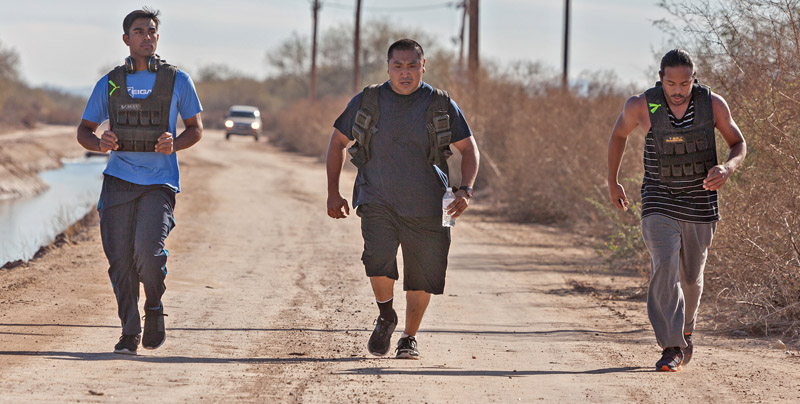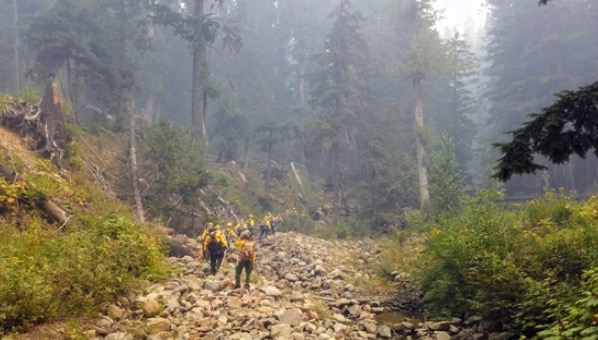In 2024 USFS employees with arduous quals will do the arduous exam. Firefighters with moderate or light duty will have the OF 178 exam if they mark one box in Part A or three in Part B. If you have questions you can email the help desk at SM.FS.mqp_emedical@usda.gov
Arduous Medical Exam (AME) or Self-Certification or (HSQ)
What is the difference between the AMP and the HSQ?
-
-
- The Arduous Medical Process is for those taking the arduous WCT.
- The HSQ is for those employees taking the moderate and light WCTs.
-
What about the AMP Exam (AME) and Self Certification?
-
-
- eMedical AMP runs on a 3-year cycle for employees.
- Year one is the AME: a thorough health screening questionnaire followed by a physical exam with a medical provider. The exam results are reviewed by a USFS Medical Officer (RMO) before the employee can get medical clearance to take the WCT.
- Years 2 and 3 are the self-certification process, which requires a shorter screening questionnaire plus a blood pressure check by an EMT or other qualified individual. The results are reviewed by HSQC’s and, based on the answers, may be routed to the RMO or cleared to the WCT.
-
NOTE that this is a gradual rollout over the next few years, not just in 2024 and not all regions are shifting the AMP at the same time. Here is the rollout schedule (subject to change):

-
-
- Those with arduous qualifications who have not completed the arduous process yet will continue using the current system with the HSQ, alongside all moderate and light quals.
- In those areas that are implementing the AMP, Acuity International will assist with scheduling and payment for exams, at the employee’s request. This is a completely optional service.
-
The NWCG Risk Management Committee provides interagency national leadership in firefighter risk management, health, and safety. The Federal Interagency Wildland Firefighter Medical Standards establish minimum medical fitness for arduous duty. Light or moderate duty firefighters may be required to do a medical screening process.
The USFS uses Federal Interagency Medical Standards for employees who engage in firefighting duties.
Firefighters with arduous duty quals must complete a physical exam every three years, and it is required before that year’s work capacity test.
You must fill out a medical history form in eMedical and then you can schedule your exam with your doctor; your supervisor can initiate this for you. If you are approaching three years since your last exam, you should get started at least 45 days before your work capacity test. You can log into eMedical and request a packet.

Annual Self-Certification
A questionnaire and blood pressure check are required each year between your in-person exams. The self-certification form FS-5100-42 is not the same as the HSQ/OF-178. It can also be completed in the eMedical system.
Details on additional exam requirements are posted [HERE].
- eMedical Public Site for Temporary, AD, and new employees (available through ConnectHR) — this requires a username and password.




